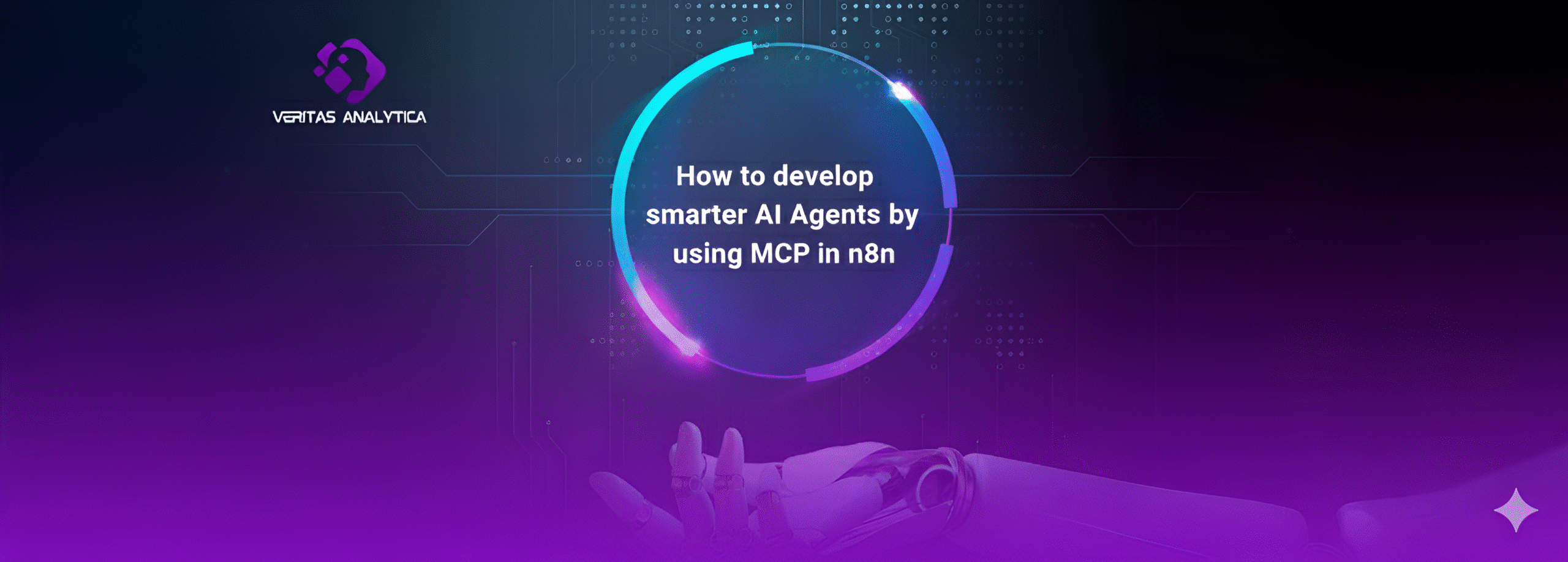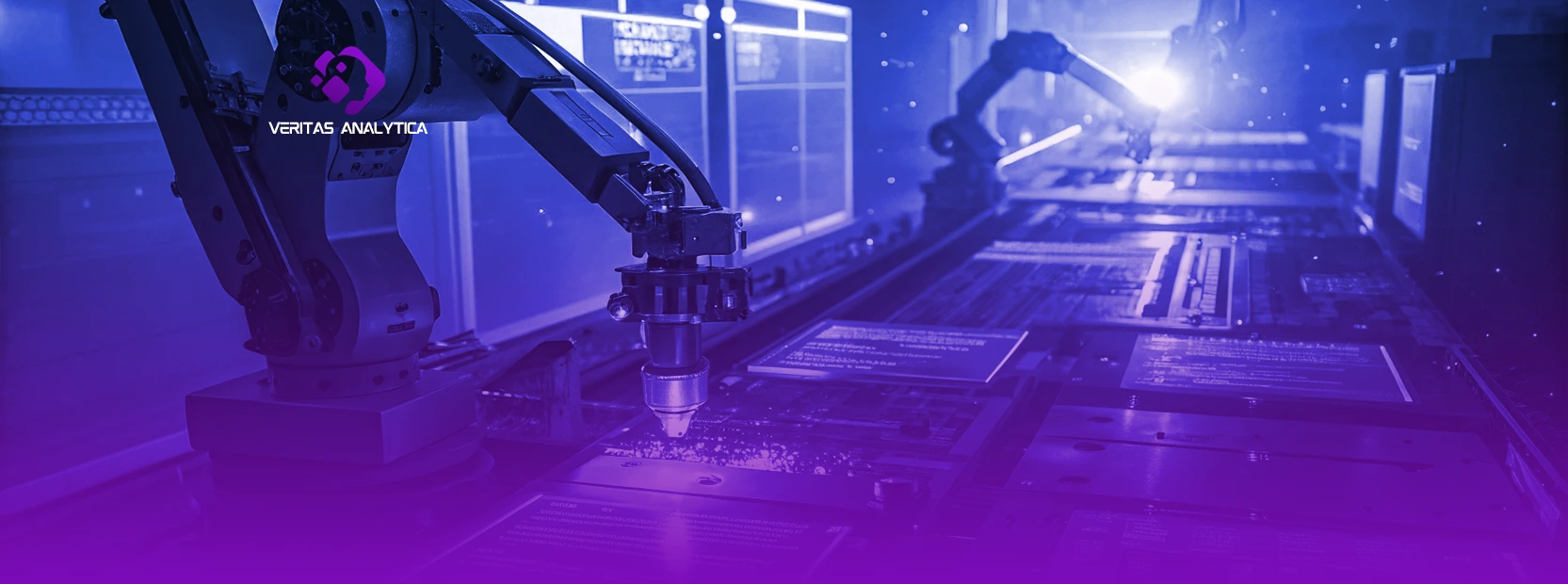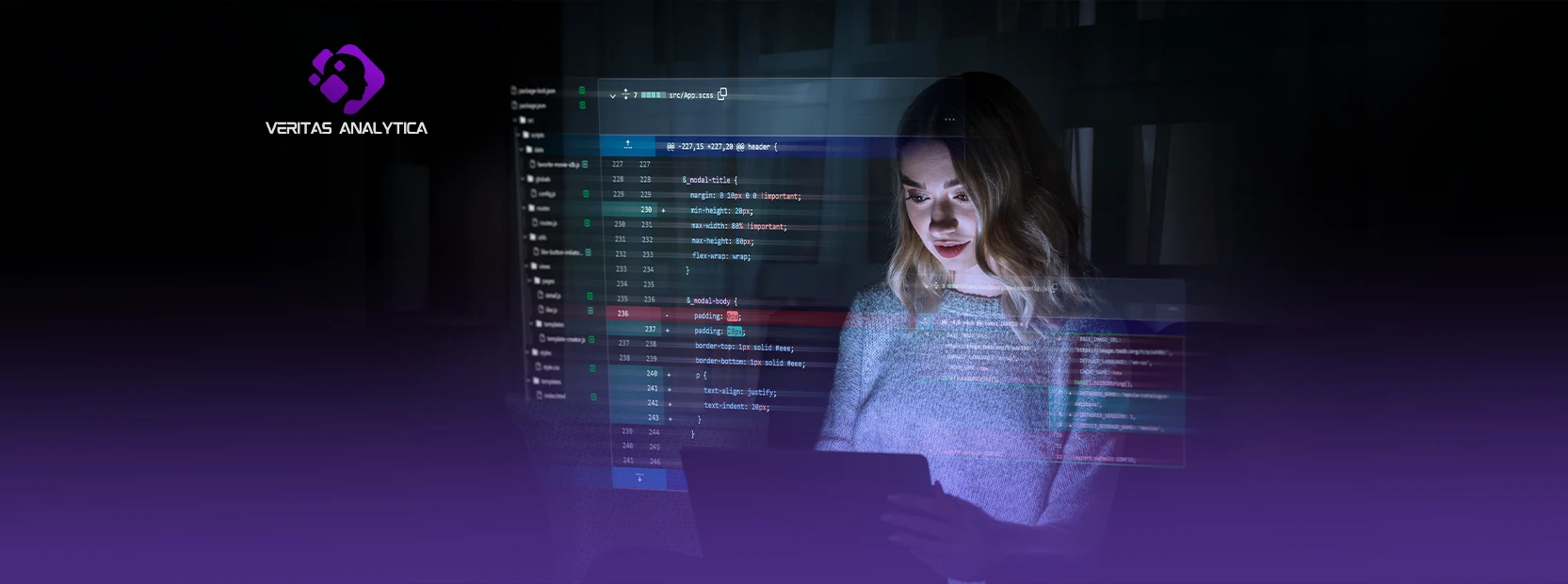The AI landscape has witnessed another seismic shift with Kimi K2, Alibaba-backed Moonshot AI’s open-source large language model that directly challenges OpenAI’s ChatGPT 4.1 and Anthropic’s Claude Opus 4. In an industry dominated by proprietary models, Kimi K2 breaks new ground by outperforming established players on coding tasks while being completely free and open-source.
Even Perplexity AI CEO Aravind Srinivas announced his company will use Kimi K2 for post-training, citing exceptional benchmark performance, signaling strong industry confidence in this Chinese AI breakthrough.
What is Kimi K2?
Founded in March 2023, Moonshot AI has quickly established itself as a formidable player in the global AI race. Led by CEO Yang Zhilin (former Carnegie Mellon PhD and ex-Google researcher), the company built its reputation on advancing long-context processing capabilities. With substantial backing from Alibaba Group, Zhen Fund, and Capital Today, Moonshot AI has secured over $1.27 billion in funding.
Technical Architecture: The MuonClip Optimizer Revolution
One of the most significant innovations in Kimi K2 is the use of the MuonClip optimizer, a breakthrough that addresses critical challenges in training trillion-parameter models. Traditional optimizers like Adam and SGD struggle with gradient explosion and attention instability at this massive scale.
MuonClip introduces a novel qk-clipping mechanism that constrains attention scores by rescaling Query and Key matrices, preventing the attention weights from becoming unstable during training. This innovation enables 25% faster convergence compared to standard optimizers while maintaining training stability across Kimi K2’s 61 layers.
According to Moonshot AI’s technical documentation¹, this optimizer was specifically designed to handle the unique challenges of mixture-of-experts architectures at scale, making it a crucial component in Kimi K2’s superior performance.
Mixture-of-Experts Architecture: Efficiency at Scale
Kimi K2 employs a sophisticated mixture-of-experts (MoE) architecture with 32 billion activated parameters from a total of 1 trillion parameters. This means only 3.2% of the model is active per token, creating remarkable efficiency gains.
The MoE design divides the model into specialized sub-networks, with each layer containing 8 experts and a router that selects the top 2 most relevant experts for each input token. This selective activation pattern creates fascinating specialization:
- Early layers (1-15): Experts focus on token recognition and basic syntax
- Middle layers (16-35): Experts develop semantic understanding and context relationships
- Deep layers (36-50): Experts handle complex reasoning and multi-step logic
- Final layers (51-61): Experts concentrate on output generation and coherence
This architecture delivers 4x faster training speeds and 60% reduction in computational costs compared to equivalent dense models, according to research published in the Journal of Machine Learning Research².
Performance Benchmarks: How Kimi K2 Measures Up
Kimi K2 delivers exceptional results across a range of real-world and academic evaluations. These benchmarks assess how well a model can generate accurate code, solve complex math problems, understand long context, and interact with tools. This makes them ideal indicators of practical AI performance in enterprise and development environments.
The image below highlights Kimi K2’s benchmark results compared to top proprietary models like GPT-4.1 and Claude Opus 4.
What the Benchmarks Measure
- SWE-Bench (Verified & Multilingual): Real-world GitHub issue resolution in one attempt, both in English and multilingual settings.
- LiveCodeBench v6: End-to-end code generation in live, practical environments.
- OJBench: Competitive programming-style challenge solving.
- Tau2 & AceBench: Tool use reasoning across general and English-only contexts.
- AIME 2025 & GPQA-Diamond: Advanced math and technical knowledge assessment.
Kimi K2 Results from Official Benchmarks
- Kimi K2 outperforms Claude 4 Opus on LiveCodeBench v6, scoring 53.7%, demonstrating superior real-world coding capabilities.
- Leads GPT-4.1 on OJBench with a score of 27.1% compared to 19.5%, highlighting strength in competitive programming tasks.
- Scores 66.1% on Tau2-Bench, significantly ahead of GPT-4.1’s 48.8%, showcasing advanced tool-use reasoning.
- Achieves 49.5% on AIME 2025, outperforming GPT-4.1’s 37.0%, with strong math and technical problem-solving skills.
- Tops GPT-4.1 on GPQA-Diamond with 75.1% versus 66.3%, reflecting high-level accuracy in graduate-level question answering.
Performs competitively on SWE-Bench (Verified and Multilingual), closely trailing Claude 4 Opus, a strong result for an open-source model.
Kimi K2 stands out as a powerful open-source alternative, especially for coding, tool reasoning, and long-context tasks, often rivaling or exceeding top proprietary models.
Access Methods and Implementation
Web Interface (kimi.com)
The simplest way to experience Kimi K2 is through the official web interface, offering immediate access to the 128K context window for document analysis and code generation.
Hugging Face Integration
Developers can access the model through the Hugging Face ecosystem using the “moonshot-ai/kimi-k2” identifier, enabling local deployment and custom fine-tuning for specific use cases.
Official API
Enterprise applications can leverage the production-ready API at api.moonshot.ai, which provides OpenAI-compatible endpoints for seamless integration into existing workflows.
Local Deployment
Organizations with strict data privacy requirements can deploy Kimi K2 locally using Ollama, maintaining complete control over their data and infrastructure.
Industry Implications and Future Outlook
The release of Kimi K2 represents a significant step toward democratizing advanced AI capabilities. By removing cost barriers and providing open access to state-of-the-art technology, Moonshot AI enables smaller organizations and individual developers to access previously expensive capabilities.
This democratization is likely to spur innovation in unexpected areas, as developers with domain-specific knowledge can now apply advanced AI to niche problems without prohibitive infrastructure costs. The technical innovations behind Kimi K2, particularly the MuonClip optimizer and sophisticated MoE architecture, demonstrate how focused engineering can achieve breakthrough performance while maintaining efficiency.
Organizations that embrace this shift and develop capabilities around open-source AI deployment will be better positioned to leverage the next generation of AI innovations, making Kimi K2 a catalyst for the broader open-source AI revolution.
Ready to harness the power of Kimi K2 for your organization? Whether you’re evaluating AI models for business-critical applications or looking to implement advanced coding assistance, our team of AI experts can help you navigate modern AI deployment complexities.
Book a Free Consultation to discuss your specific requirements and learn how Kimi K2 can transform your workflows. From proof-of-concept to production deployment, we have the experience to help you build it right the first time.
Let’s build your AI solution together.





